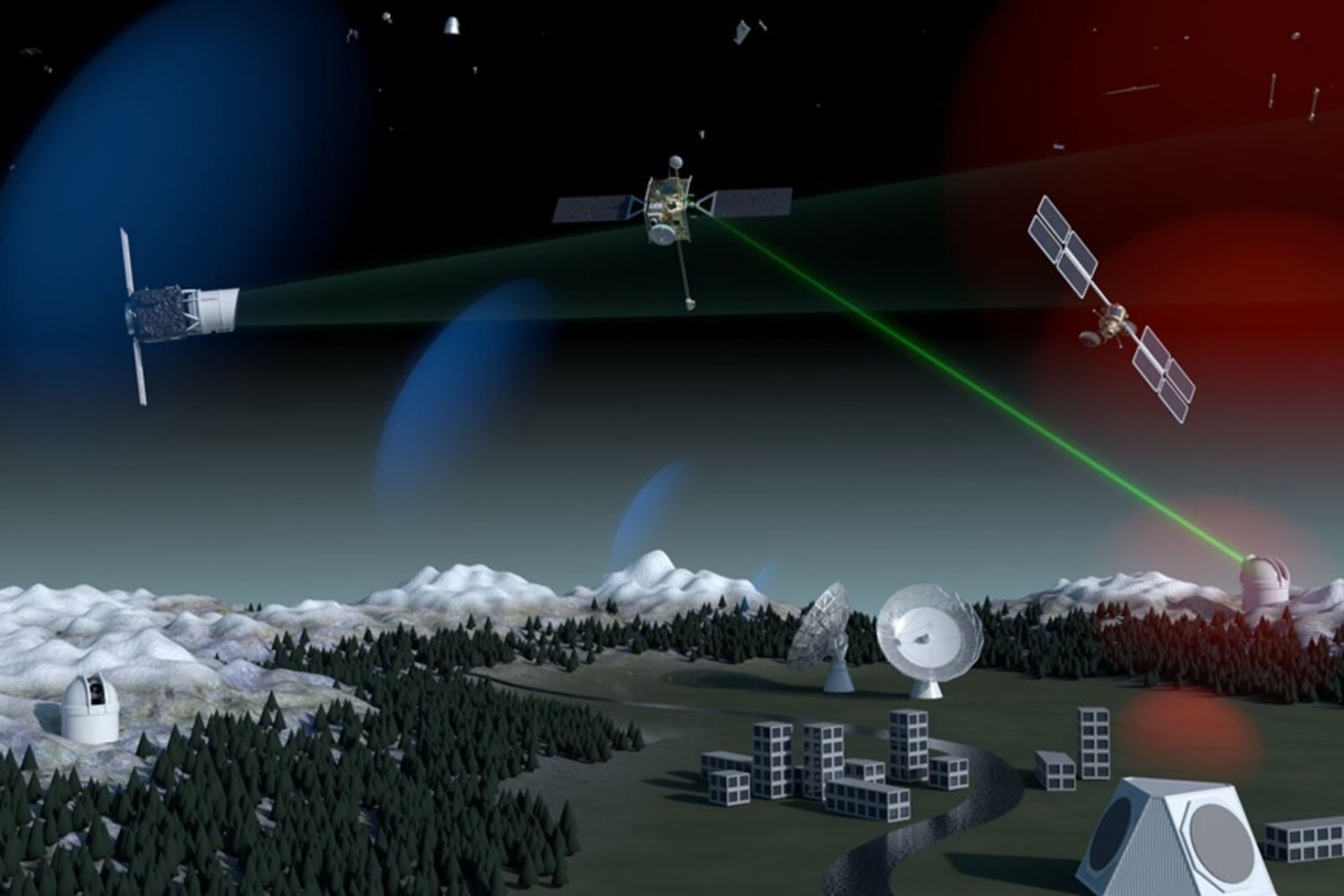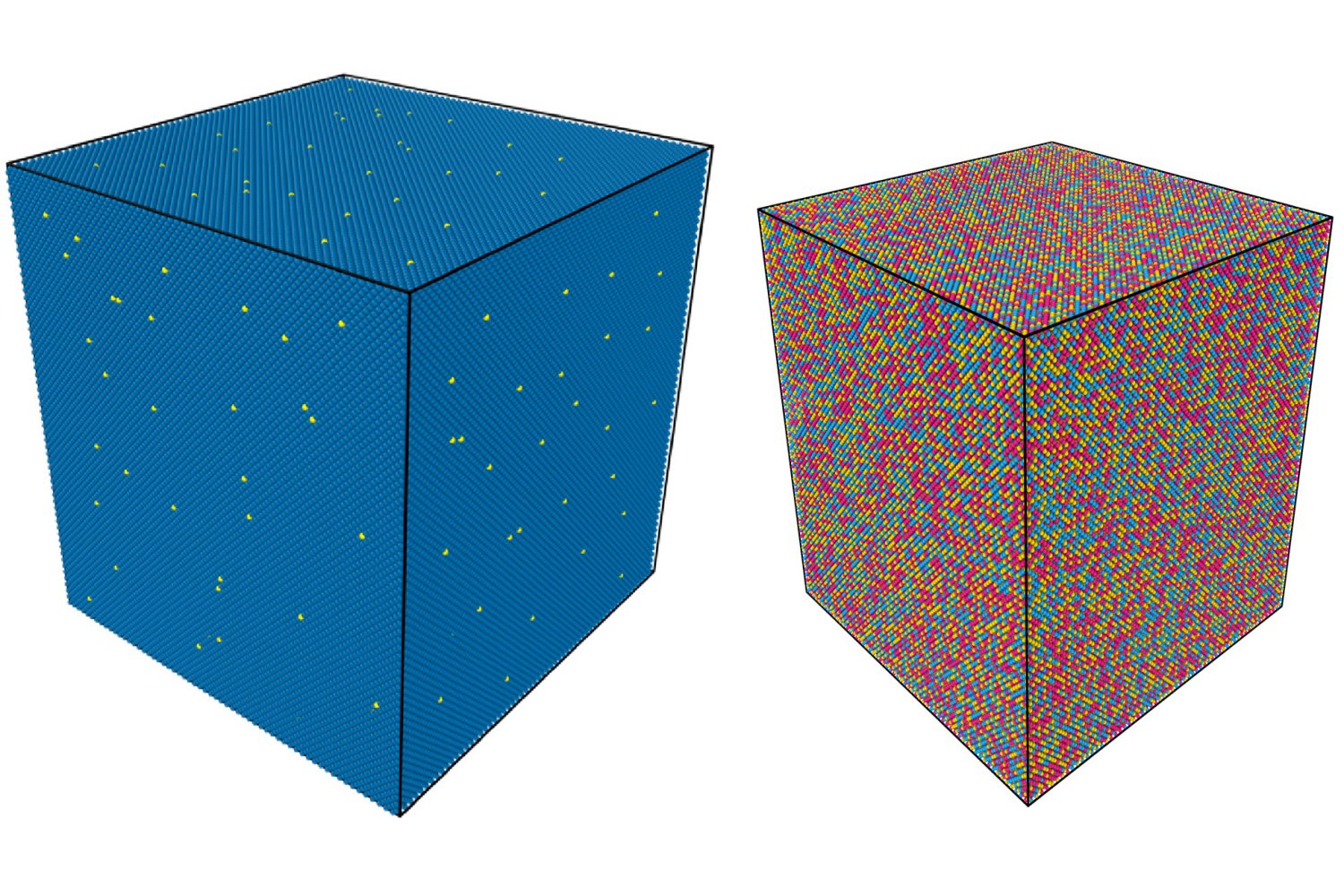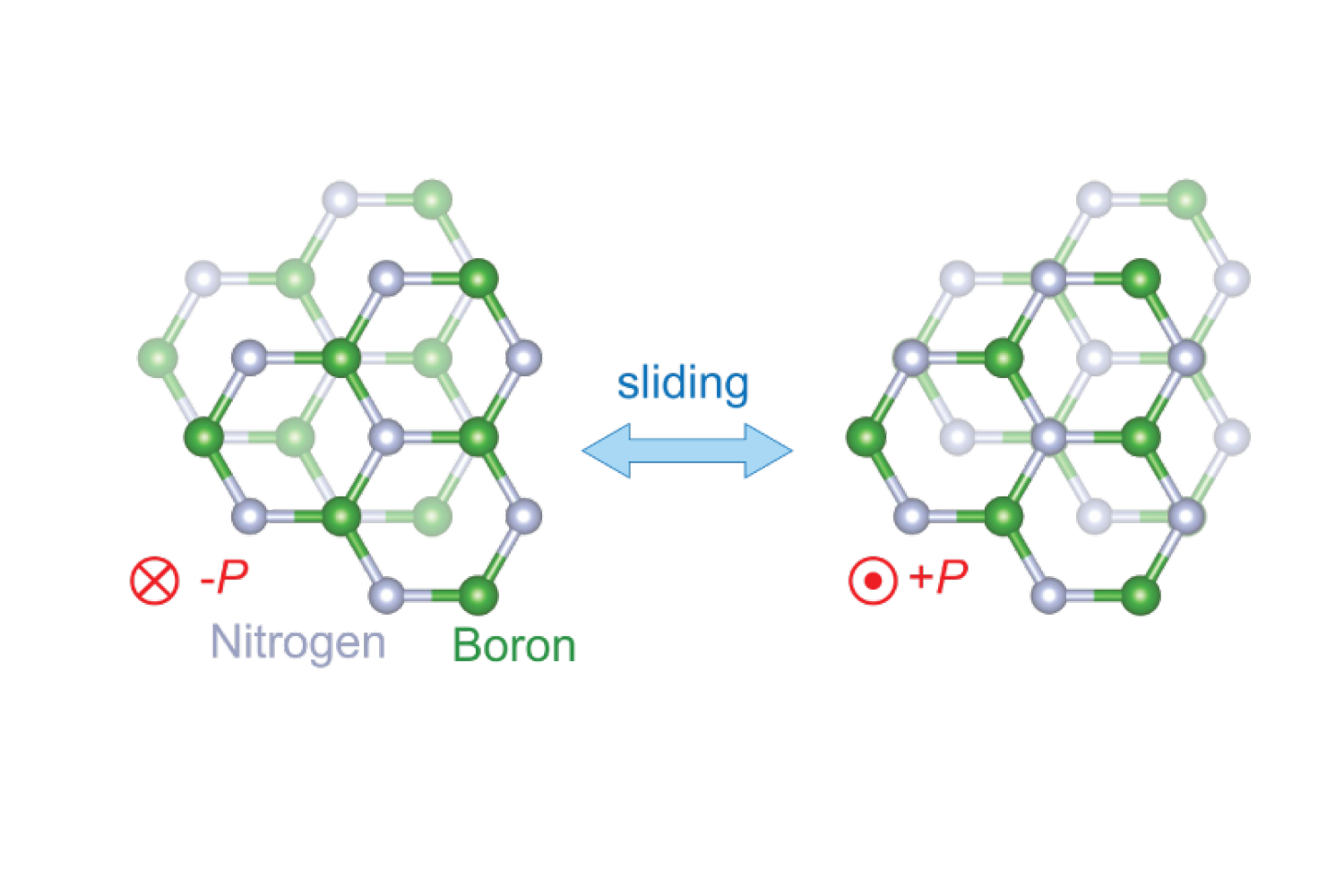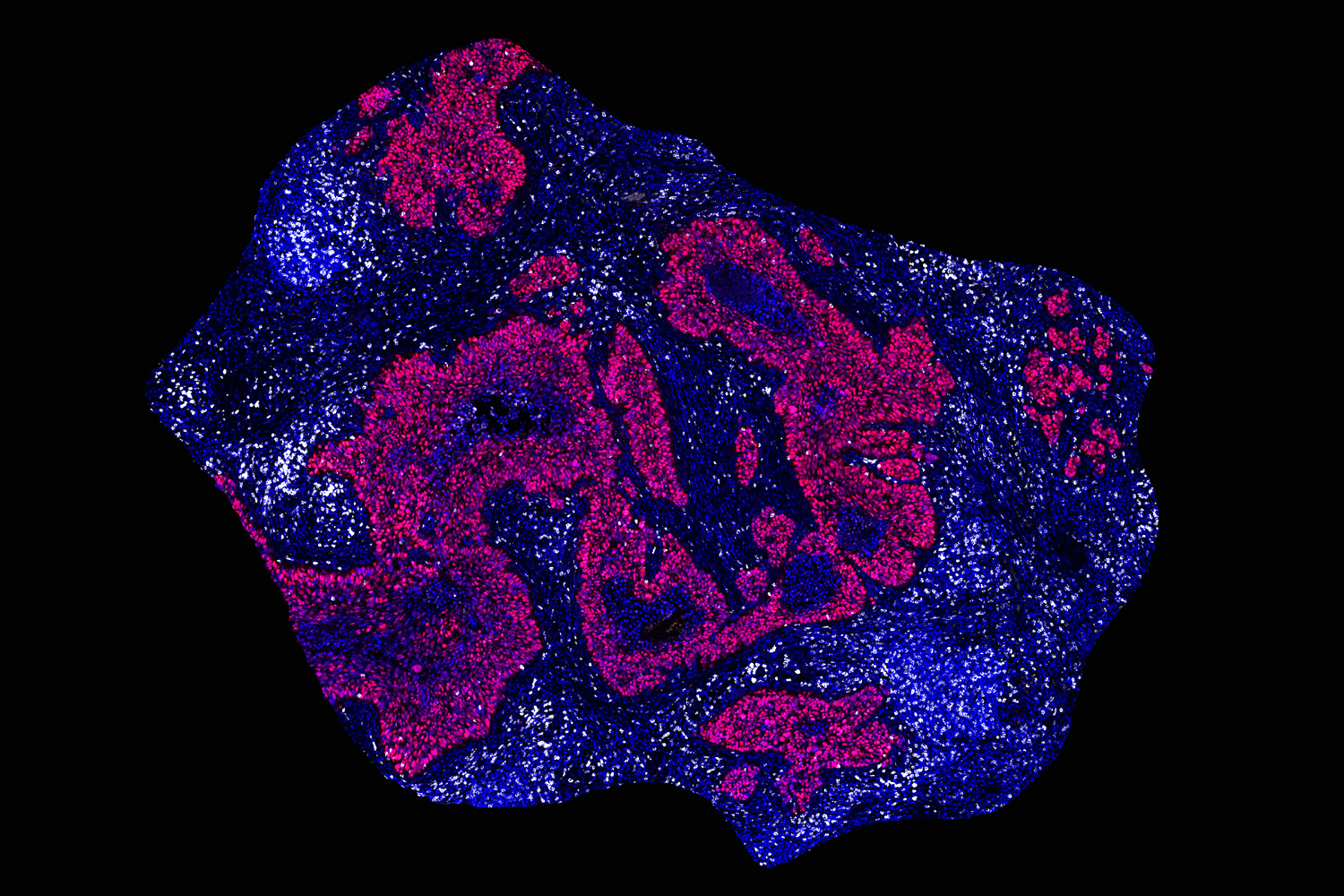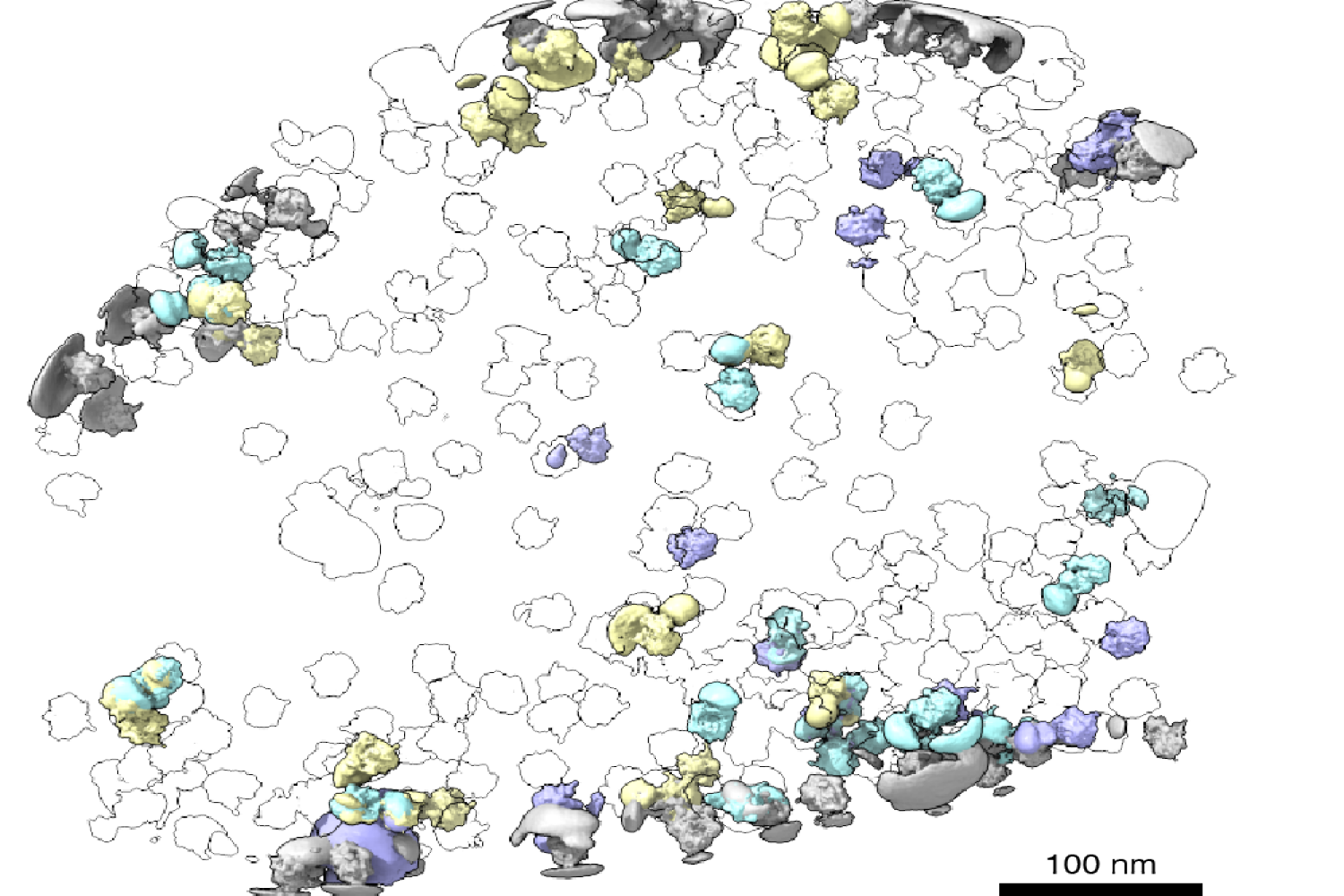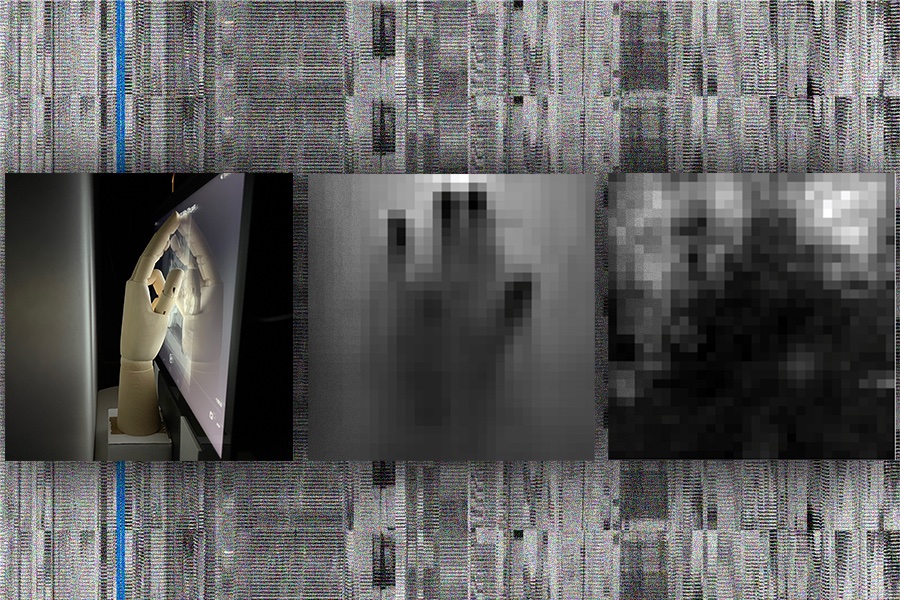John “JJ” Joannopoulos, the Francis Wright Davis Professor of Physics at MIT and director of the MIT Institute for Soldier Nanotechnologies (ISN), passed away on Aug. 17. He was 78.
Joannopoulos was a prolific researcher in the field of theoretical condensed-matter physics, and an early pioneer in the study and application of photonic crystals. Many of his discoveries, in the ways materials can be made to manipulate light, have led to transformative and life-saving technologies, from chip-based optical wave guides, to wireless energy transfer to health-monitoring textiles, to precision light-based surgical tools.
His remarkable career of over 50 years was spent entirely at MIT, where he was known as much for his generous and unwavering mentorship as for his contributions to science. He made a special point to keep up rich and meaningful collaborations with many of his former students and postdocs, dozens of whom have gone on to faculty positions at major universities, and to leadership roles in the public and private sectors. In his five decades at MIT, he made lasting connections across campus, both in service of science, and friendship.
“A scientific giant, inspiring leader, and a masterful communicator, John carried a generous and loving heart,” says Yoel Fink PhD ’00, an MIT professor of materials science and engineering who was Joannopoulos’ former student and a longtime collaborator. “He chose to see the good in people, keeping his mind and heart always open. Asking little for himself, he gave everything in care of others. John lived a life of deep impact and meaning — savoring the details of truth-seeking, achieving rare discoveries and mentoring generations of students to achieve excellence. With warmth, humor, and a never-ending optimism, JJ left an indelible impact on science and on all who had the privilege to know him. Above all, he was a loving husband, father, grandfather, friend, and mentor.”
“In the end, the most remarkable thing about him was his unmatched humanity, his ability to make you feel that you were the most important thing in the world that deserved his attention, no matter who you were,” says Raul Radovitzky, ISN associate director and the Jerome C. Hunsaker Professor in MIT’s Department of Aeronautics and Astronautics. “The legacy he leaves is not only in equations and innovations, but in the lives he touched, the minds he inspired, and the warmth he spread in every room he entered.”
“JJ was a very special colleague: a brilliant theorist who was also adept at identifying practical applications; a caring and inspiring mentor of younger scientists; a gifted teacher who knew every student in his class by name,” says Deepto Chakrabarty ’88, the William A. M. Burden Professor in Astrophysics and head of MIT’s Department of Physics. “He will be deeply missed.”
Layers of light
John Joannopoulos was born in 1947 in New York City, where his parents both emigrated from Greece. His father was a playwright, and his mother worked as a psychologist. From an early age, Joannopoulos knew he wanted to be a physicist — mainly because the subject was his most challenging in school. In a recent interview with MIT News, he enthusiastically shared: “You probably wouldn’t believe this, but it’s true: I wanted to be a physics professor since I was in high school! I loved the idea of being able to work with students, and being able to have ideas.”
He attended the University of California at Berkeley, where he received a bachelor’s degree in 1968, and a PhD in 1974, both in physics. That same year, he joined the faculty at MIT, where he would spend his 50-plus-year career — though at the time, the chances of gaining a long-term foothold at the Institute seemed slim, as Joannopoulos told MIT News.
“The chair of the physics department was the famous nuclear physicist, Herman Feshbach, who told me the probability that I would get tenure was something like 30 percent,” Joannopoulos recalled. “But when you’re young and just starting off, it was certainly better than zero, and I thought, that was fine — there was hope down the line.”
Starting out at MIT, Joannopoulos knew exactly what he wanted to do. He quickly set up a group to study theoretical condensed-matter physics, and specifically, ab initio physics, meaning physics “from first principles.” In this initial work, he sought to build theoretical models to predict the electronic behavior and structure of materials, based solely on the atomic numbers of the atoms in a material. Such foundational models could be applied to understand and design a huge range of materials and structures.
Then, in the early 1990s, Joannopoulos took a research turn, spurred by a paper by physicist Eli Yablonovitch at the University of California at Los Angeles, who did some preliminary work on materials that can affect the behavior of photons, or particles of light. Joannopoulos recognized a connection with his first-principles work with electrons. Along with his students, he applied that approach to predict the fundamental behavior of photons in different classes of materials. His group was one of the first to pioneer the field of photonic crystals, and the study of how materials can be manipulated at the nanoscale to control the behavior of light traveling through. In 1995, Joannopoulos co-authored the first textbook on the subject.
And in 1998, he took on a more-than-century-old assumption about how light should reflect, and turned it on its head. That assumption predicted that light, shining onto a structure made of multiple refractive layers, could reflect back, but only for a limited range of angles. But in fact, Joannopoulos and his group showed that the opposite is true: If the structure’s layers followed a particular design criteria, the structure as a whole could reflect light coming from any and all angles. This structure, was called the “perfect mirror.”
That insight led to another: If the structure were rolled into a tube, the resulting hollow fiber could act as a perfect optical conduit. Any light traveling through the fiber would reflect and bounce around within the fiber, with none scattering away. Joannopoulos and his group applied this insight to develop the first precision “optical scalpel” — a fiber that can be safely handled, while delivering a highly focused laser, precise and powerful enough to perform delicate surgical procedures. Joannopoulos helped to commercialize the new tool with a startup, Omniguide, that has since provided the optical scalpel to assist in hundreds of thousands of medical procedures around the world.
Legendary mentor
In 2006, Joannopoulos took the helm as director of MIT’s Institute for Soldier Nanotechnologies — a post he steadfastly held for almost 20 years. During his dedicated tenure, he worked with ISN members across campus and in departments outside his own, getting to know and champion their work. He has facilitated countless collaborations between MIT faculty, industry partners, and the U.S. Department of Defense. Among the many projects he raised support for were innovations in lightweight armor, hyperspectral imaging, energy-efficient batteries, and smart and responsive fabrics.
Joannopoulos helped to translate many basic science insights into practical applications. He was a cofounder of six spinoff companies based on his fundamental research, and helped to create dozens more companies, which have advanced technologies as wide-ranging as laser surgery tools, to wireless electric power transmission, transparent display technologies, and optical computing. He was awarded 126 patents for his many discoveries, and has authored over 750 peer-reviewed papers.
In recognition of his wide impact and contributions, Joannopoulos was elected to the National Academy of Sciences and the American Academy of Arts and Sciences. He was also a fellow of both the American Physical Society and the American Association for the Advancement of Science. Over his 50-plus-year career, he was the recipient of many scientific awards and honors including the Max Born Award, and the Aneesur Rahman Prize in Computational Physics. Joannopoulos was also a gifted classroom teacher, and was recognized at MIT with the Buechner Teaching Prize in Physics and the Graduate Teaching Award in Science.
This year, Joannopoulos was the recipient of MIT’s Killian Achievement Award, which recognizes the extraordinary lifetime contributions of a member of the MIT faculty. In addition to the many accomplishments Joannopoulos has made in science, the award citation emphasized his lasting impact on the generations of students he has mentored:
“Professor Joannopoulos has served as a legendary mentor to generations of students, inspiring them to achieve excellence in science while at the same time facilitating the practical benefit to society through entrepreneurship,” the citation reads. “Through all of these individuals he has impacted — not to mention their academic descendants — Professor Joannopoulos has had a vast influence on the development of science in recent decades.”
2025 Killian Award Lecture – John Joannopoulos
Video: MIT Institute Events
“JJ was an amazing scientist: He published hundreds of papers that have been cited close to 200,000 times. He was also a serial entrepreneur: Companies he cofounded raised hundreds of millions of dollars and employed hundreds of people,” says MIT Professor Marin Soljacic ’96, a former postdoc under Joannopoulos who with him cofounded a startup, Witricity. “He was an amazing mentor, a close friend, and like a scientific father to me. He always had time for me, any time of the day, and as much as I needed.”
Indeed, Joannopoulos strived to meaningfully support his many students. In the classroom, he “was legendary,” says friend and colleague Patrick Lee ’66, PhD ’70, who recalls that Joannopoulos would make a point of memorizing the names and faces of more than 100 students on the first day of class, and calling them each by their first name, starting on the second day, and for the rest of the term.
What’s more, Joannopoulos encouraged graduate students and postdocs to follow their ideas, even when they ran counter to his own.
“John did not produce clones,” says Lee, who is an MIT professor emeritus of physics. “He showed them the way to do science by example, by caring and by sharing his optimism. I have never seen someone so deeply loved by his students.”
Even students who stepped off the photonics path have kept in close contact with their mentor, as former student and MIT professor Josh Winn ’94, SM ’94, PhD ’01 has done.
“Even though our work together ended more than 25 years ago, and I now work in a different field, I still feel like part of the Joannopoulos academic family,” says Winn, who is now a professor of astrophysics at Princeton University. “It’s a loyal group with branches all over the world. We even had our own series of conferences, organized by former students to celebrate John’s 50th, 60th, and 70th birthdays. Most professors would consider themselves fortunate to have even one such ‘festschrift’ honoring their legacy.”
MIT professor of mathematics Steven Johnson ’95, PhD ’01, a former student and frequent collaborator, has experienced personally, and seen many times over, Joannopoulos’ generous and open-door mentorship.
“In every collaboration, I’ve unfailingly observed him to cast a wide net to value multiple voices, to ensure that everyone feels included and valued, and to encourage collaborations across groups and fields and institutions,” Johnson says. “Kind, generous, and brimming with infectious enthusiasm and positivity, he set an example so many of his lucky students have striven to follow.”
Joannopoulos started at MIT around the same time as Marc Kastner, who had a nearby office on the second floor of Building 13.
“I would often hear loud arguments punctuated by boisterous laughter, coming from John’s office, where he and his students were debating physics,” recalls Kastner, who is the Donner Professor of Physics Emeritus at MIT. “I am sure this style of interaction is what made him such a great mentor.”
“He exuded such enthusiasm for science and good will to others that he was just good fun to be around,” adds friend and colleague Erich Ippen, MIT professor emeritus of physics.
“John was indeed a great man — a very special one. Everyone who ever worked with him understands this,” says Stanford University physics professor Robert Laughlin PhD ’79, one of Joannopoulos’ first graduate students, who went on to win the 1998 Nobel Prize in Physics. “He sprinkled a kind of transformative magic dust on people that induced them to dedicate every waking moment to the task of making new and wonderful things. You can find traces of it in lots of places around the world that matter, all of them the better for it. There’s quite a pile of it in my office.”
Joannopoulos is survived by his wife, Kyri Dunussi-Joannopoulos; their three daughters, Maria, Lena, and Alkisti; and their families. Details for funeral and memorial services are forthcoming.







